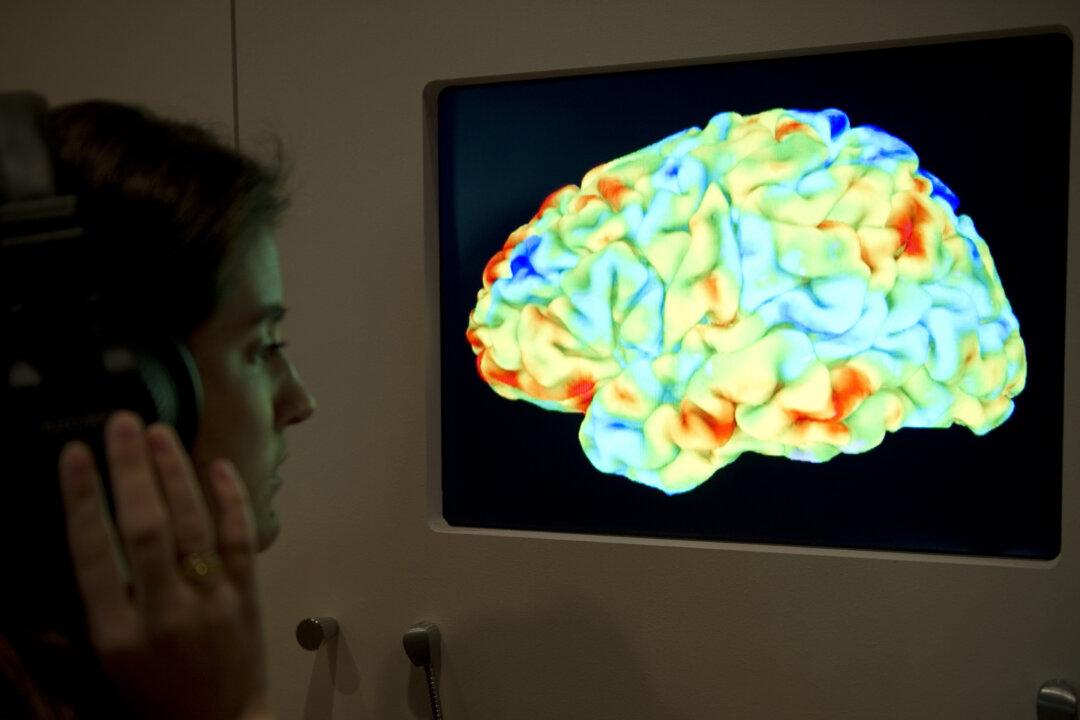You might think that intelligent people think more quickly.
However, a recent study has found that this is only partially true and applies only to simple problem-solving. When the difficulty level is higher, those with high IQs take their time.


You might think that intelligent people think more quickly.
However, a recent study has found that this is only partially true and applies only to simple problem-solving. When the difficulty level is higher, those with high IQs take their time.